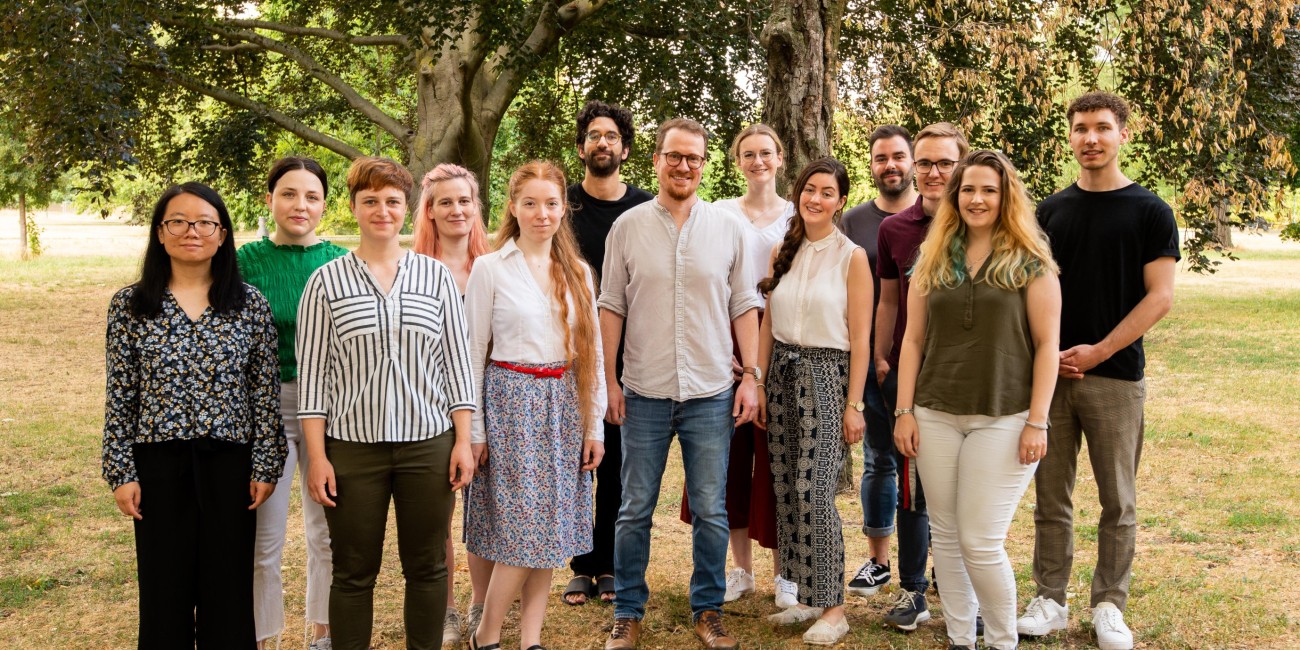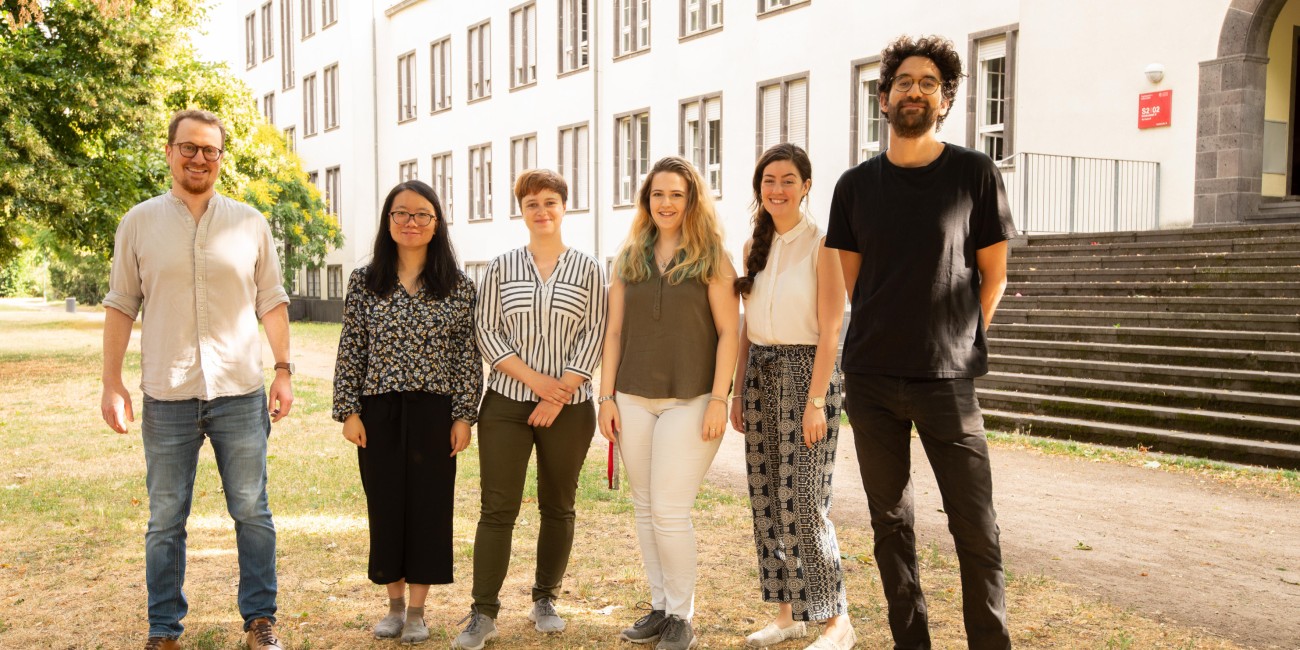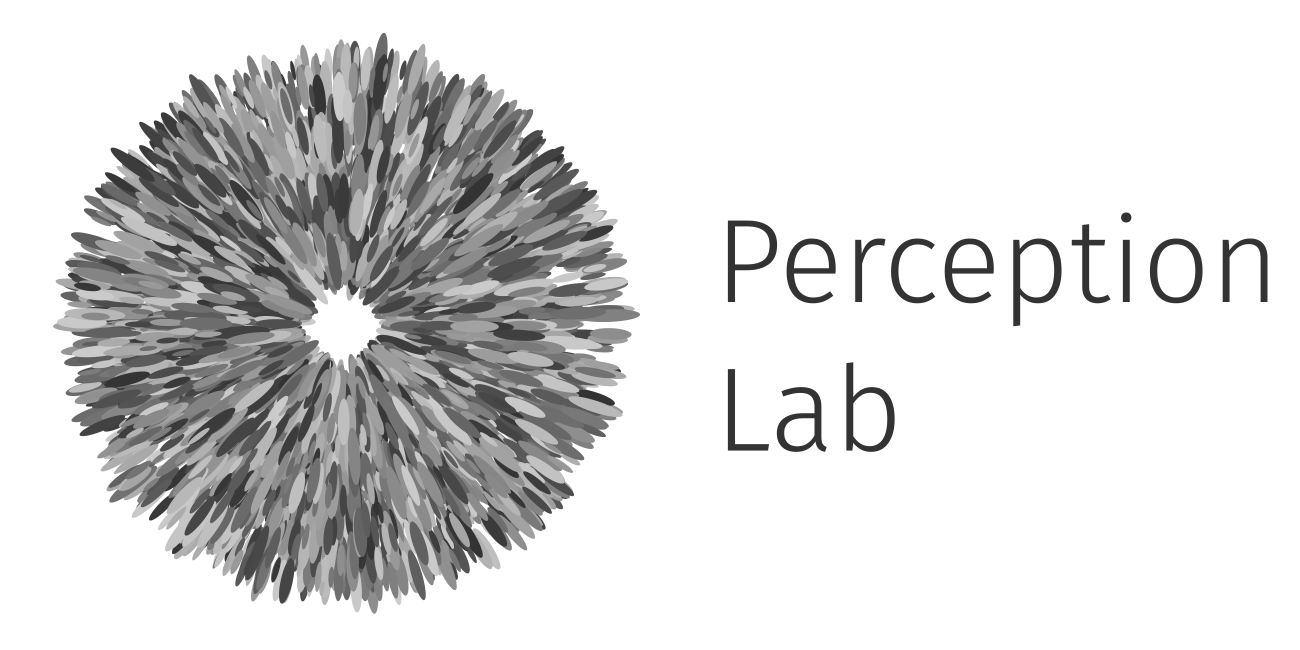Perception
Somehow, our minds make sense of sensory data in a way that eludes current machine vision systems. We study visual perception in humans using psychophysics and computational models. A secondary interest is in machine vision systems, including deep neural networks. We compare the inferences of humans and machines to gain stronger insights into both biological and artificial seeing.
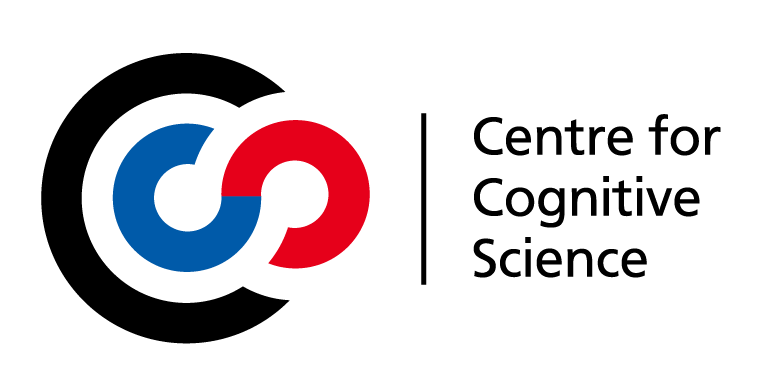
Topics of current interest include
- peripheral visibility and scene appearance
- eye movements
- segmentation and grouping, perceptual organisation
- explainable AI
- image quality assessment
- adaptive methods for measuring perception
Ultimately, we aim to understand the computational principles that underlie our brains’ ability to combine sensory inputs to generate holistic perceptual experience.
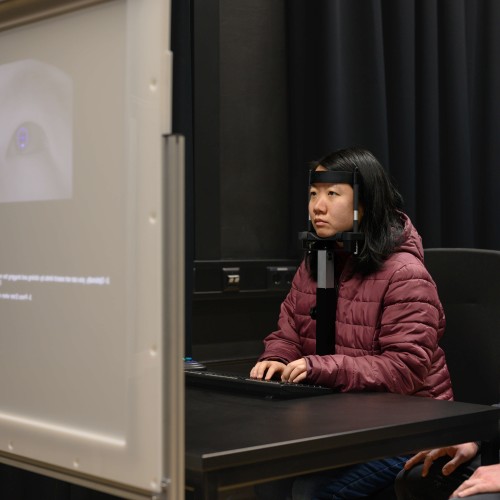
Information and Intelligence
As part of the Centre for Cognitive Science, we are integrated at the TU-Darmstadt's research priority to advance knowledge in the field of Information and Intelligence (I+I).
News
July 10 2025: The paper “The visibility of Eidolon distortions in things and stuff” by Swantje, Lina, Ole and Tom was published in JOV. Congratulations!
July 2025: Lynn Schmittwilken joined the lab as a postdoc researcher as part of the ERC project SEGEMENT. Welcome Lynn!
April 15 2025: Yunyan's and Tom's paper “Ten principles for reliable, efficient, and adaptable coding in psychology and cognitive neuroscience” in collaboration with researchers from the Max Planck Institute for Human Cognitive and Brain Sciences was published in communications psychology. Congratulations!
February 2025: Tarek's and Tom's paper “Recent consumer OLED monitors can be suitable for vision science” in collaboration with Korbinian Kunst and Tran Q. Khanh was published in JOV. Congratulations!
October 22 2024: Tarek's and Tom's preprint “Recent consumer OLED monitors can be suitable for vision science” in collaboration with Korbinian Kunst and Tran Q. Khanh is now available on arXiv.
September 27 2024: Lars' and Tom's paper “A psychophysical evaluation of techniques for Mooney image generation” was published on PeerJ. Congratulations!
August 2024: We attended the ECVP in Scotland and five Lab members presented posters there.
June 28 2024: Tom's paper “A computational account of transsaccadic attentional allocation based on visual gain fields” in collaboration with William J. Harrison, Imogen Stead, Peter J. Bex and Jason B. Mattingley was published in PNAS.
May 2024: We attended the VSS conference in Florida and five Lab members presented posters there.
May 1 2024: Joshua Martin joined the lab as a postdoc researcher as part of the ERC project SEGEMENT. Welcome Joshua!
April 24 2024: We welcomed young female students to visit the centre and our lab as part of the Girl's day. Find more information in the news article of the TU.
April 1 2024: Ben Beilharz joined the lab as research engineer as part of the ERC project SEGEMENT. Welcome Ben!
Mar 18 2024: The preprint by Lars and Tom on “A psychophysical evaluation of techniques for Mooney image generation” is now available on arXiv. Congratulations!
Feb 15 2024: Tarek Abu Haila joined the lab as a postdoc researcher as part of the ERC project SEGEMENT. Welcome Tarek!
Jan 31 2023: Tom was granted the renowned ERC (European Research Council) Consolidator GrantERC (European Research Council) Consolidator Grant for his project SEGEMENT. Congratulations Tom! Find out more about the project in the news article of the TU.
July 15 2022: Yunyan Duan joined the lab as a postdoc research scientist. Welcome Yunyan!
July 1 2022: Swantje Mahncke joined the lab as a doctoral student. She will work with Tom and be part of the teaching staff at the Institute of Psychology and Centre for Cognitive Science. Welcome Swantje!
May 15 2022: Lina Eicke-Kanani joined the lab as a doctoral student. She will work with Tom and Benjamin Straube in the context of The Adaptive Mind. Welcome Lina!
Nov 1 2021: Rabea Turon joined the lab as a doctoral student. She will work with Tom and Frank Jäkel on the LOEWE Whitebox project. Welcome Rabea!
March 1, 2021: Tom joined the TU Darmstadt as Professor of Perception.
Representative publications
Zimmermann, R. S., Borowski, J., Geirhos, R., Bethge, M., Wallis, T. S. A., & Brendel, W.. (2021). How Well do Feature Visualizations Support Causal Understanding of CNN Activations? Neural Information Processing Systems (NeurIPS). Link Accepted as a Spotlight (< 3% of submissions).
Funke, C. M., Borowski, J., Stosio, K., Brendel, W., Wallis, T. S. A., & Bethge, M. (2021). Five points to check when comparing visual perception in humans and machines. Journal of Vision, 21(3), 16. Link.
Wallis, T. S. A., Funke, C. M., Ecker, A. S., Gatys, L. A., Wichmann, F. A., & Bethge, M. (2019). Image content is more important than Bouma’s Law for scene metamers. ELife, 8, e42512. Link
Kümmerer, M., Wallis, T.S.A., Gatys, L.A., & Bethge, M. (2017). Understanding Low- and High-Level Contributions to Fixation Prediction. The IEEE International Conference on Computer Vision (ICCV), 2017. Link Model web service
Wallis, T.S.A., Funke, C.M., Ecker, A.S., Gatys, L.A., Wichmann, F.A., & Bethge, M. (2017). A parametric texture model based on deep convolutional features closely matches texture appearance for humans. Journal of Vision, 17(12):5. Link
Lab philosophy
We collaborate honestly: we are comfortable telling each other when we don't understand something, we patiently teach through misunderstandings without judgment, and we challenge each other's ideas when we think they're wrong.
Failures and mistakes are an integral part of the scientific process. Be open and honest, transparently discuss, and learn from these for next time. You should never feel pressure to fudge or falsify data.
We strive to be inclusive and equitable. We do not make inappropriate jokes or comments about others based on gender, race, or other personal factors.
We encourage healthy work/life balance and inclusion of lab members with carer duties through clear separation of work and non-work time, and fostering strong time management skills. Lab members are discouraged from being responsive outside their normal work hours.

